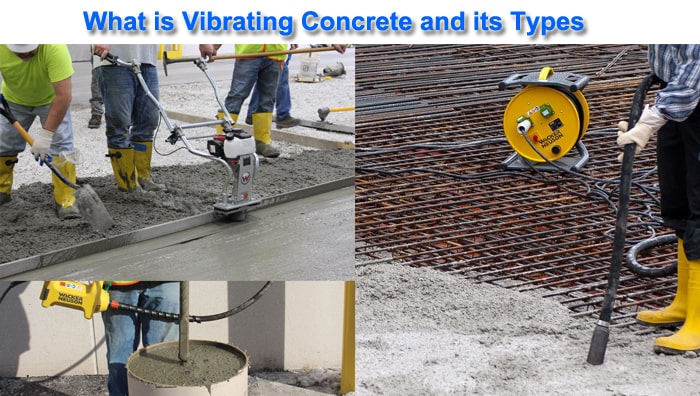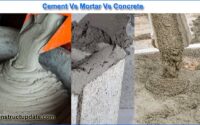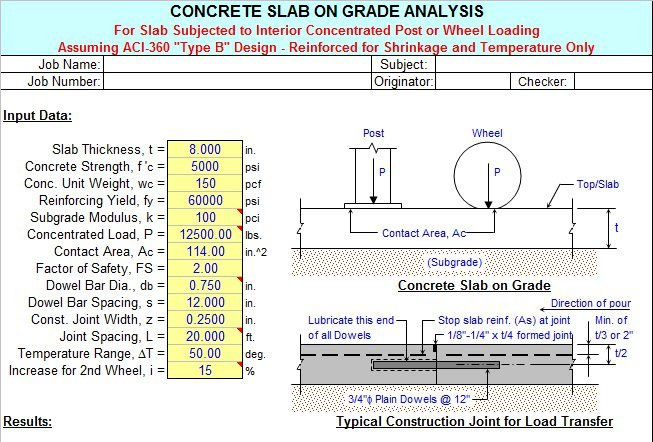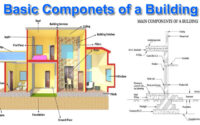Concrete Vibrating | Types and Benefits of Concrete Vibration
What is Vibrating Concrete, and how does it work? What exactly does it do?
A concrete vibrator is equipment or machine that vibrates concrete to remove trapped water and air.
By randomizing the concrete mixture, vibration helps to reduce internal friction. The cement and aggregate particles in concrete are rearranged by vibration, which aids in the tight arrangement of the concrete.
The water gaps and air pockets in the mixture are expended, resulting in a solid and compact concrete mass.
Concrete vibration is used to aid in the consolidation of the material. The primary goal of vibration is to compact the concrete and create the highest feasible density. Air bubbles occupy almost 5% to 8% of the volume of freshly laid concrete in the form. In a high workable concrete mix, air bubbles occupy this region.
Concrete Vibrators Types
- Immersion Vibrators
- External or Shutter Vibrators
- Surface vibrators
- Concrete Vibrating Table

- Immersion Vibrators:
Immersion Internal vibrator or needle vibrator are other names for a concrete vibrator. A vibrator is made up of a poker, which is a steel tube with an eccentric element on one end and is closed and rounded on the other. Vibrations in the concrete are caused by eccentric components inside the steel tube.
Furthermore, a flexible tube connects the other end of the Poker to the power source (electric motor or diesel engine).
- External or Shutter Vibrators:
These vibrators are tightly secured to the formwork at predetermined points, vibrating both the form and the concrete. Internal vibrators waste more power for the same compaction effect. These vibrators can compact up to 450mm from the face of the concrete, but they must be relocated from one location to another as the concrete hardens. Vibrators with a frequency of 3000 to 9000 rpm and a 4g acceleration are used. External vibrators are more commonly employed for pre-casting thin in-situ parts of such shape and thickness that interior vibrators cannot condense.
- Surface vibrators:
External vibrators are sometimes known as surface vibrators. Vibrators are placed on top of the concrete mix once it has been poured on the surface. This vibrator is useful for slabs with a depth of up to 10 inches (250mm). Precast slabs and retaining walls are vibrated with surface vibrators.
However, because the lower layer of concrete will not receive appropriate vibration, this type of vibrator is not suggested for constructions with a depth greater than 10 inches or 250mm.
At an acceleration of 4g to 9g, surface vibrators operate at a frequency of 3000 to 4000 rpm.
Patching pavement slabs with surface vibrators is a widespread practice. Dry mixes with a lower water-to-cement ratio are compacted most successfully with surface-type vibrators.
- Concrete Vibrating Table
The concrete vibrating table is made up of a sturdy steel platform mounted on flexible springs and is powered by an electric motor. At an acceleration of 4g to 7g, the vibration frequency is 4000 rpm. The vibrating tables condense stiff and hard concrete mixtures necessary for the fabrication of precast elements in factories and test specimens in laboratories very well.





